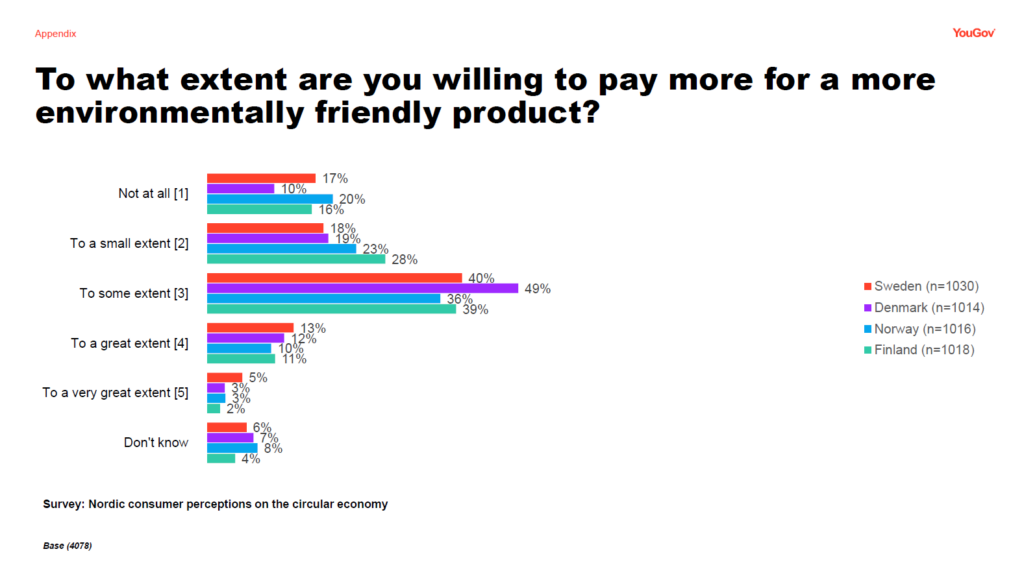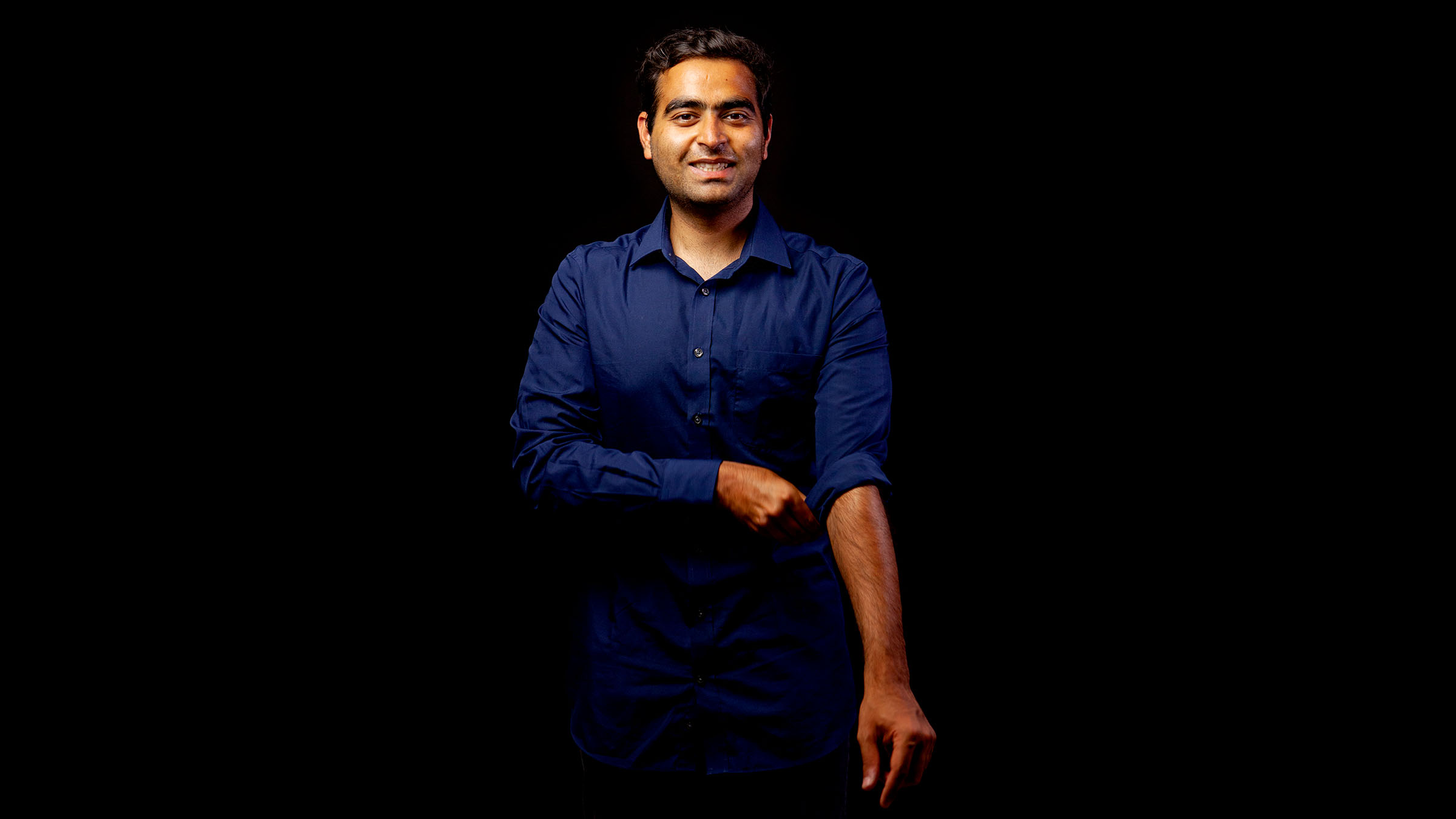To support this year’s World Circular Economy Forum, which is hosted in the Nordics, we thought it would be interesting to see how people in the Nordic* countries view the circular economy and what actions they are most interested in. While you can read the full study Nordic consumer perceptions on the circular economy, if too many numbers scare you, here are some highlights.
Finns win the circular economy popularity contest
People in the Nordics seem to be rather well informed: overall, 6 out of 10 had at least heard of the term “circular economy” and a further 3 out of 10 knew what a circular economy is. Finns were the clear winners as 8 out of 10 had at least heard of the circular economy and 5 out of 10 knew what it is. They were followed by Norwegians and Swedes with almost the same levels of knowledge and awareness: 6 out of 10 had at least heard of the circular economy. The term was least popular with the Danes as half of the respondents had never even heard of it.
Reuse and recycling the most common
The most popular actions across the four countries were choosing reusable coffee cups in shops, offering items for reuse, and delivering materials to recycling centre, as more than half of the respondents in each case claimed to have done these actions over the past year. More interestingly, while Danes had less awareness and knowledge about the circular economy than their Nordic neighbours, in all these cases they were carrying out these actions the most. The popularity of reusable coffee cups is easy to understand, as Finns drink the most coffee in the world per capita.
The most popular actions across the four countries were choosing reusable coffee cups in shops, offering items for reuse, and delivering materials to recycling centre.
With the other actions that were surveyed, there are encouraging signs for the second-hand clothing market, as almost half of the respondents across the countries said to have used their services over the past year. Finns and Swedes were the most interested in this. The remainder of the two actions – renting products and getting old products repaired instead of buying new ones – remained unpopular across the Nordics. One reason for the unpopularity of repairing was the lack of availability of expertise on repairing electrical and electronic devices.
Sustainability information is hard to come by
Across the Nordics, there is bad news for sustainable consumption as only a small portion of citizens felt that they have enough information about the sustainability of a given product and an even smaller portion of citizens would be willing to pay more for a sustainable product. Only 2 out of 10 Danes, Norwegians and Swedes felt they knew enough about the sustainability of a given product, while the number was relatively higher in Finland, as more than 4 out of 10 felt they had enough information.
I was curious whether people would be more willing to pay for more sustainable products if they knew more about the product’s green credentials, but the answer is no. In any case, based on this study, it looks like the good intentions are not yet quite turning into action. The highest willingness to pay more for a sustainable product was observed amongst the Swedes with only a meagre 2 out of 10 people saying that they would be willing to do so.

Awareness is important, but it needs to turn into action
While the circular economy was overall moderately popular across the Nordics, that knowledge and awareness doesn’t necessarily translate into more action. People were already extremely engaged to reuse coffee cups, offer items for reuse and drive items to the recycling centre. However, there was considerably lower interest towards buying second-hand clothes, renting goods or getting items repaired. Taking more action would be easier if people could find more expertise for repairing electronic and electrical products. What would also help, is to provide more information so that it’s easier to understand how sustainable a product is.
If you’re interested in finding out more about Nordic consumer perceptions on the circular economy, download the full study on YouGov’s website.*
Understanding what motivates people is key
Having worked for three years with Sitra, I’ve learned a lot about what makes people tick. We’ve worked with companies, NGOs, organisations and individual citizens, trying to find tools that help both people in making smarter choices and businesses in developing a more sustainable offering. Sitra’s lifestyle test has already been taken more than 1.4 million times, and we’re currently working with eight European countries to introduce its next version and make a positive and sustainable life easier for people.
To work with individual citizens, Sitra has put together a how-to guide titled the Shift 1.5 Method Book. This kit contains different methods combining climate and behavioural science to help practitioners in their journey towards inspiring and enabling people to live more sustainable everyday lives. I hope it sparks your interest, too.
*Disclaimer – The survey “Nordic consumer perceptions on the circular economy” was carried out by YouGov for the co-hosts of the World Circular Economy Forum 2023, Nordic Innovation and Sitra, the Finnish Innovation Fund. The survey was carried out during the period 26 April – 2 May 2023 via the internet, on the basis of the YouGov panels in Sweden, Denmark, Norway and Finland. Iceland, despite being part of the Nordics, was excluded from the survey due to lack of access to data.
















Recommended
Have some more.